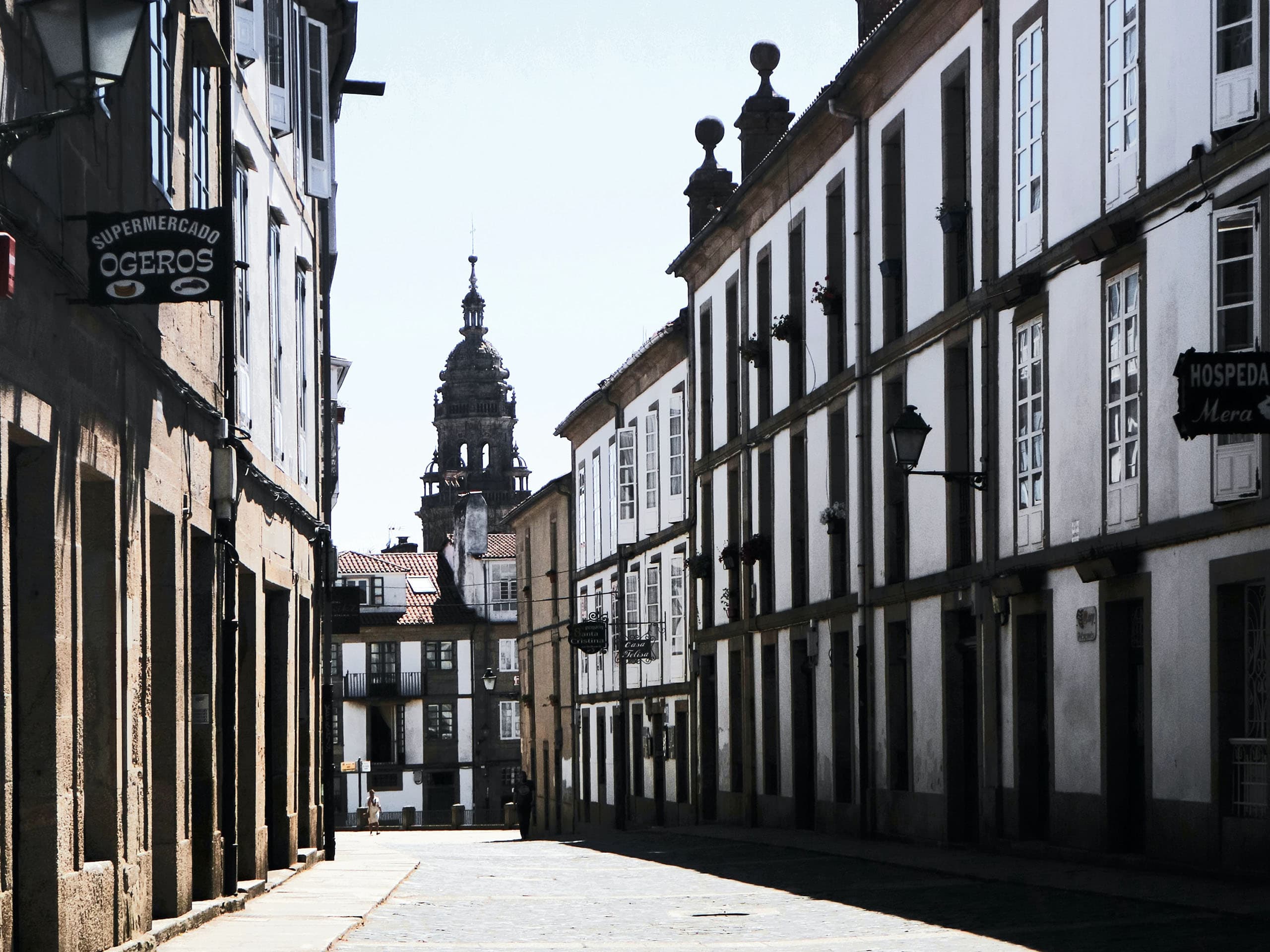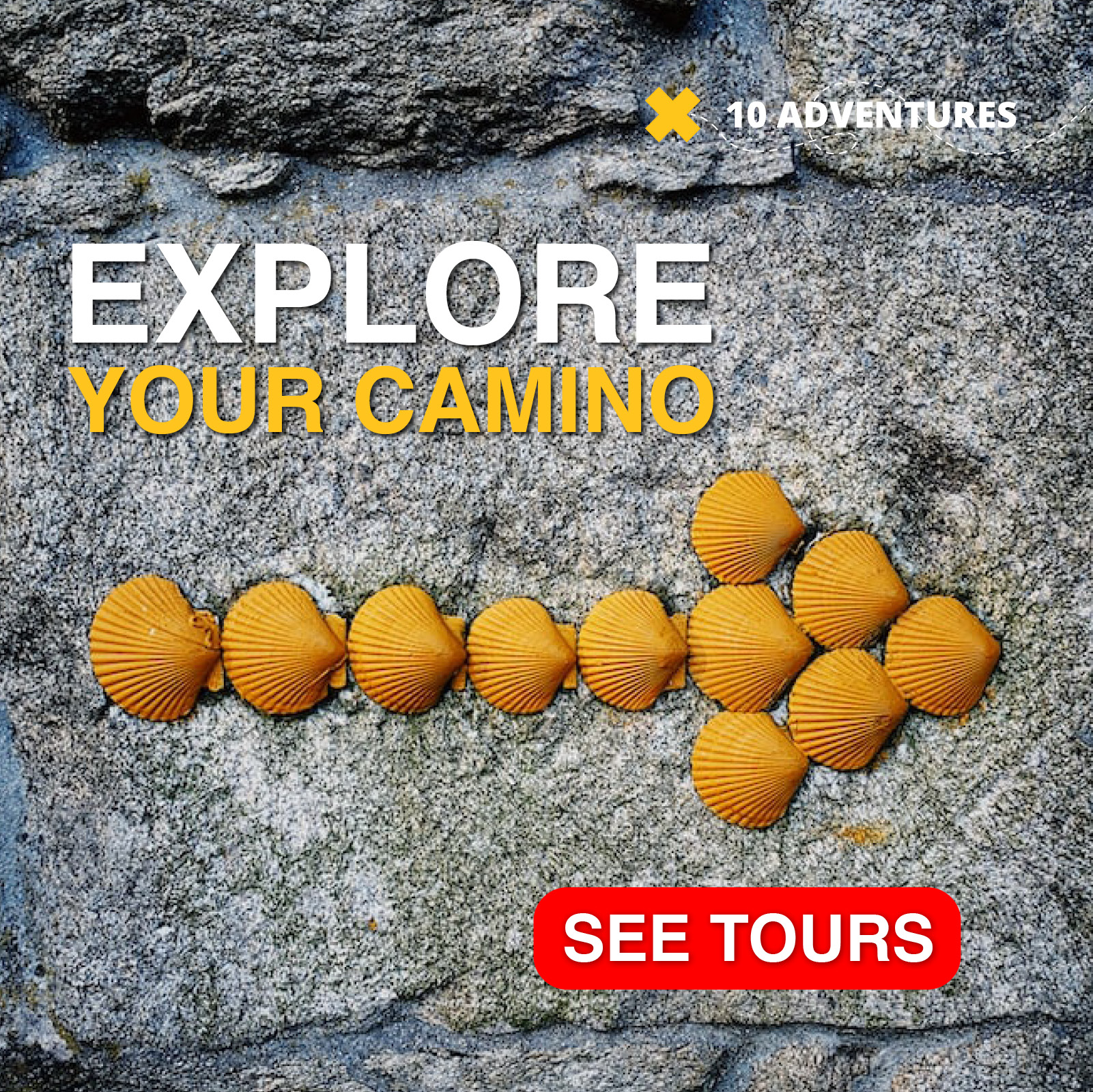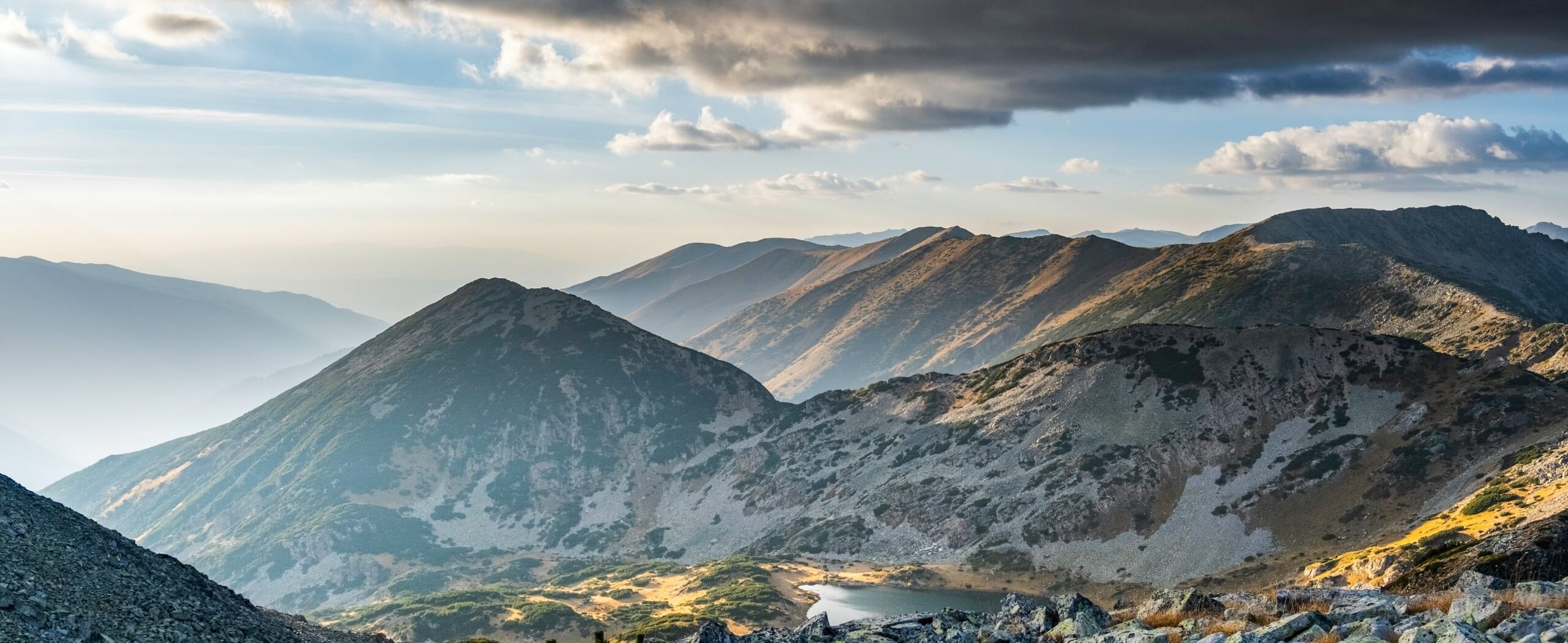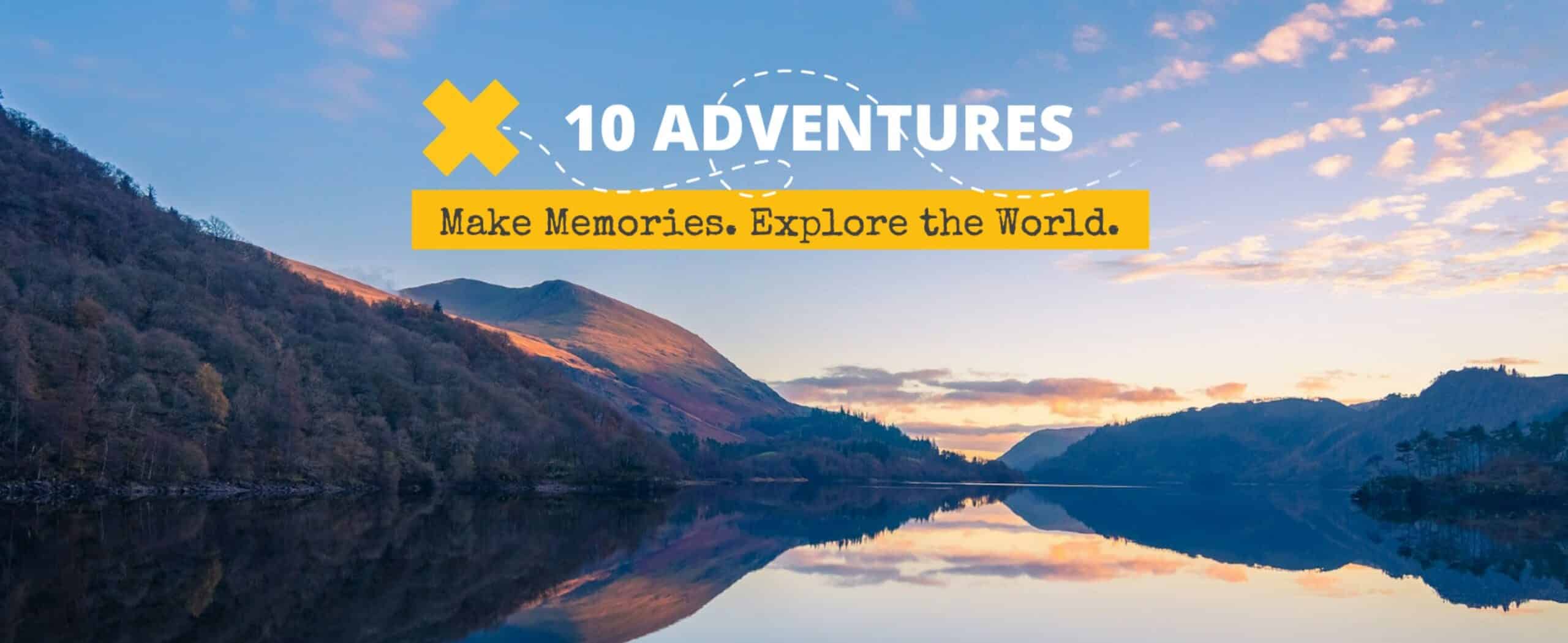The Camino de Santiago is one of the most popular networks of pilgrimage routes in the world, attracting thousands of eager adventure travelers each year. Abundant with history, religious relics, medieval towns, and lush countryside, these routes provide an experience unlike no other. Over 1000 years old, there is no shortage of myths, legends, narratives, and quirky facts about the revered pilgrimage, so we are taking it upon ourselves to share some with you!
1. In the 9th century the remains of the Apostle St. James were discovered in Galicia, attracting pilgrims from all over Europe seeking to bear witness to it. Reportedly, the King of Asturias, King Alfonso II, was the first-ever pilgrim to travel the Camino Primitivo to the tomb, marking the beginning of the established Camino de Santiago routes to the religious relic.
2. Historically, pilgrims would begin their journey from their own homes.
3. The Camino de Santiago pilgrimage refers to more than one route. Instead, there are over eight Caminos that lead to Santiago de Compostela—some even beginning in Northern Europe! Check out our extensive Camino de Santiago guide to explore the various routes.

4. Camino de Santiago means Saint James of the Field of Stars, and in English, the Camino is known as The Way of Saint James.
5. On average, more than 250,000 pilgrims obtain a Compostela each year. A Compostela is the official document that certifies that a pilgrim has completed the Camino de Santiago.

6. To get a Compostela, pilgrims need to satisfy three criteria: they must walk at least 62.1mi or cycle 124.3mi, they must get their pilgrims passport stamped at least twice a day (or once depending on the route), and they must have completed the Camino for religious or spiritual reasons. Those who do not walk with religion as motivation can still receive a certificate of completion.
7. It is believed that completing the Camino de Santiago and receiving a Compostela will lead to your sins and transgressions being forgiven.
8. The Camino Primitivo, otherwise known as the English Way, is the oldest route to Santiago de Compostela. Unfortunately, nowadays, less than 5% of pilgrims venture this path.

9. The pilgrimage is so popular that there are dozens of pilgrim albergues (hostels) accessible only to those trekking to Santiago de Compostela. These hostels are first come first serve and cannot be booked in advance.
10. Yellow scallop shells and arrows mark the pilgrimage routes. Though the origin of the iconic symbol remains contested, the yellow shells are a useful reassurance to pilgrims that they are on the right path. Find these vibrant emblems on the side of buildings, etched into stone, or tacked onto trees and fences along the way.
11. The Camino Francés is the most popular pilgrimage. Traveling over 484.7mi from Saint-Jean-Pied-de-Port, this route accounted for over 60% of all pilgrims back in 2017. The most popular starting point for the Camino de Santiago and the French Way is in Sarria, where pilgrims hop on to satisfy the last 62.1mi to receive the Compostela.

12. The town of Ayegui, which pilgrims pass in the initial stages of the Camino Francés, has a free wine fountain for adventurers to rehydrate and re-energize. If that isn’t motivation enough, we don’t know what is!
13. There are several movies about the Camino de Santiago. Some of the most notable are The Way, Walking the Camino: Six Ways to Santiago, and Footprints: The Path of your Life.
14. The 25th of July is St. James Day! A holiday in Galicia and Spain, if the 25th falls on a Sunday, it is declared a ‘Holy Year’ or Ano Xacobeo.
15. There are several UNESCO-listed sites along the Camino de Santiago, including the Old Town of Santiago de Compostela, the Roman Walls of Lugo, and even some of the Camino de Santiago Routes themselves!
If you are considering the Camino de Santiago pilgrimage, then we here at 10Adventures can help! Once you choose your pilgrimage route, refer to our preparation guide and ultimate packing list for the Camino de Santiago to help ease the stress of planning such an extraordinary adventure.
You can also have a look at our Camino de Santiago tours, where you can find some amazing options ranging from the full walk, to doing the Camino in Luxury.
Camino de Santiago Trip Planning Articles
- Discover the Camino de Santiago
- Camino Planning: Best time to Walk the Camino
- Camino Planning: How to prepare to Walk the Camino
- Camino Planning: What to pack for your Camino
- Route Guide for the Camino Frances
- Route Guide for the Camino Finisterre
- Route Guide for the Camino Portugues
- Route Guide for the Camino Primitivo
- Route Guide for the Camino Ingles
- Route Guide for the Camino del Norte
- Route Guide for the Camino Via de la Plata
- Route Guide for the Camino Invierno





Comments